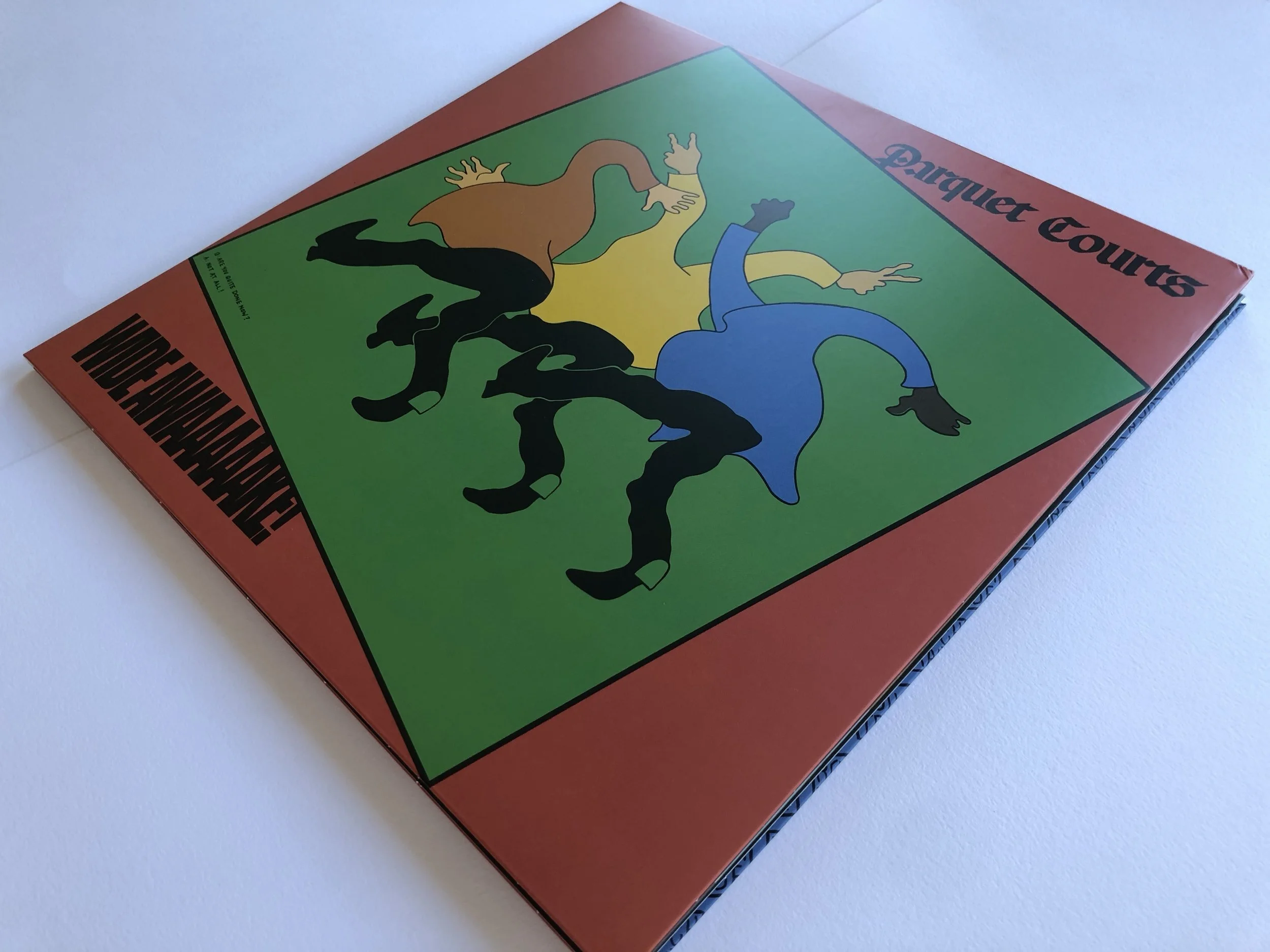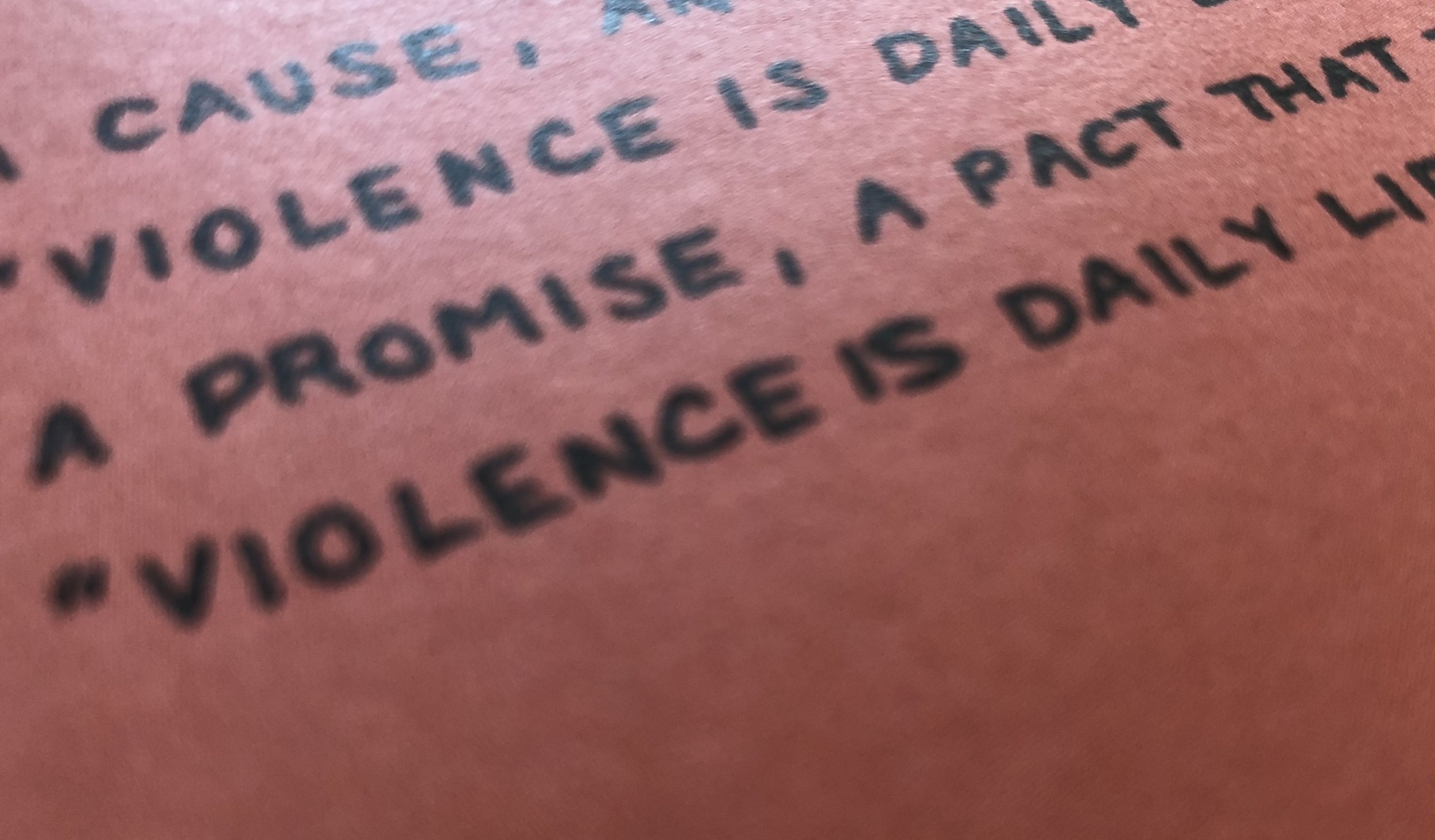Violence is Daily Life: Parquet Courts Reckon with Racial Violence
October 3, 2018
First of all, this is not a concert review. For that, I highly recommend Jasmyne Keimig's excellent piece here from Parquet Courts' Seattle show.
This is about Violence, the second track from their recent album Wide Awake. After Parquet Court's performance at Portland's Wonder Ballroom in late September, I sat down with Andrew Savage, who wrote the song, to ask about the origins and intentions of Violence. He says it was born at the legendary Electric Lady Studios, beginning with a funky bass line that allowed him to "sing in open verse, unstructured and untethered by rhyming or any syllabic pacing." The bass-line merges quickly with a choppy guitar riff and percussion that sounds like it's been plucked straight from 1969. The song unfolds as three parts instead of ending with the initial bass-line largely due to the influence of producer Brian Burton (aka Dangermouse). Savage lays into an unhinged delivery of the first lines:
Violence is the fruit of unreached understanding
that flowers from the lips of scoundrels
It is a forest so dense and rooted in our past
it tempts us to become lost in its darkness
He says he penned the lyrics in response to the overwhelming violence Americans witness. Because it's written from the subjective perspective of a white dude, it is highly relatable to other white dudes, myself included. The crowd evidenced this sentiment. As Jasmyne Keimig wrote about our dear neighbors to the North, "White, straight, mostly male Seattle was LIVING for this performance, absolutely losing its collective shit. It was fun to watch." Indeed, the scene at Portland's Crystal Ballroom was largely the same.
The first verse of "Violence" ends with a reference to last year's controversy surrounding Dana Schutz's portrayal of Emmit Till. "Yes, the painting was problematic but that does not mean it should be excluded. I think that is all the more reason for it to be there," Savage explains, "It is problematic and we live in problematic times." Protesters had stood in front of the painting with a sign reading "Black Death Spectacle." He believes the public should have had a chance to grapple with both the painting and the protesters. From the song:
You protect no one by obscuring the mirror
That reflects our own problematic reality
Allow me to ponder the role I play
In this pornographic spectacle of black death
At once a solution and a problem
Some might see this as a cringe-worthy level of white dudes navel gazing, but I contend that in 2018 it is perhaps white men that have the most self reflection left to do. Typically us newly woke white dudes stall out at white guilt, groping ineptly at allyship until we arrive at a place where buying Nikes makes us feel better for symbolically combatting racial violence.
When the harmonized refrain of the chorus hits, anybody whose had a pulse this decade should be compelled to sing along: "Violence is Daily Life!" The percussion and the harmonies of the chorus are reminiscent of 60s era black power songs. Savage says the association is neither intentional or surprising, citing Fela Kuti and James Brown as influences. The last verse ends with a question anyone unfamiliar with artwashing should ask themselves: "What is an up and coming neighborhood and where is it coming from?"




